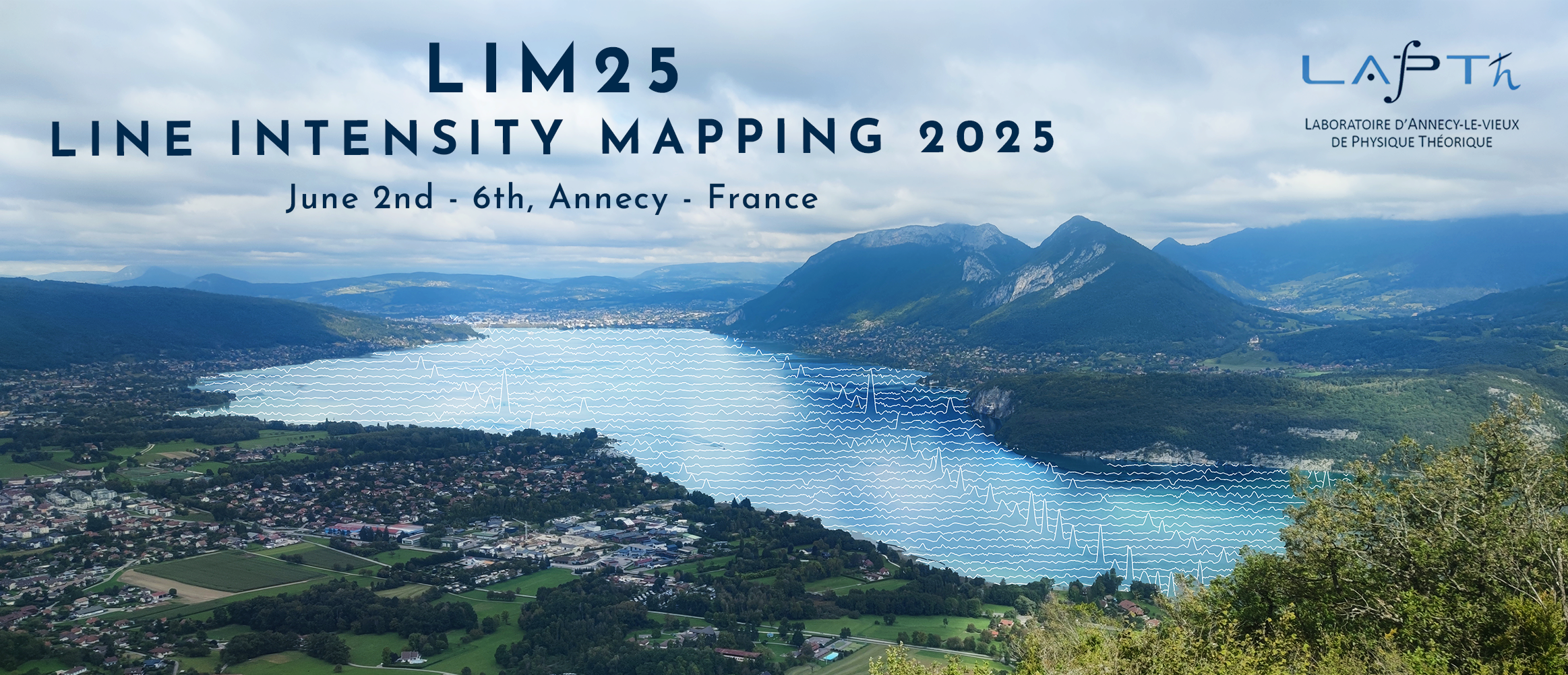Orateur
Description
Radio Recombination Lines (RRLs) are spectral lines produced through the transition between high principal quantum numbers (n > 150 in the context of this work). While RRL emission is individually weak at a single redshift (or over a narrow redshift band), intensity mapping integrates emission over broad redshift ranges, allowing weak signals to compound. Additionally, multiple distinct RRLs at different redshifts can overlap with the 21cm observation band in frequency space, making them a potential contaminant in 21cm auto-power spectrum measurements. In this work, we develop an analytical model to assess the impact that large-scale RRL emission has on present and forthcoming post-reionization 21cm intensity mapping surveys. We find that both the RRL auto-power spectra and the 21cm-RRL cross-power spectra can introduce substantial contamination to the 21cm auto-power spectrum, with the effect enhanced for lines that fall close to the 21cm emission in physical space, and that this contamination can lead to BAO-like ringing in the cross-power spectrum. These preliminary results indicate the necessity of understanding the RRL contribution to observations and future analyses in this developing field.

